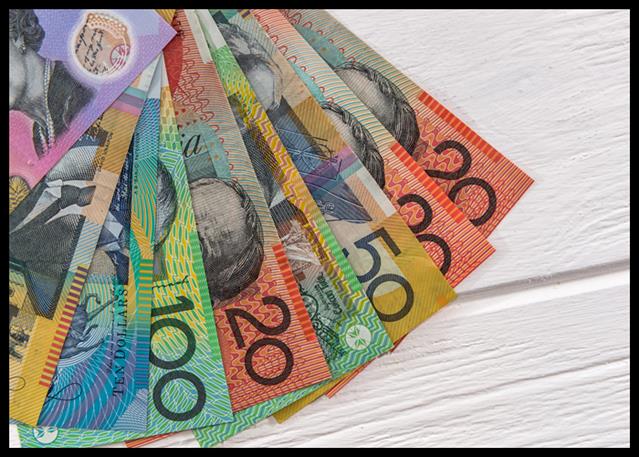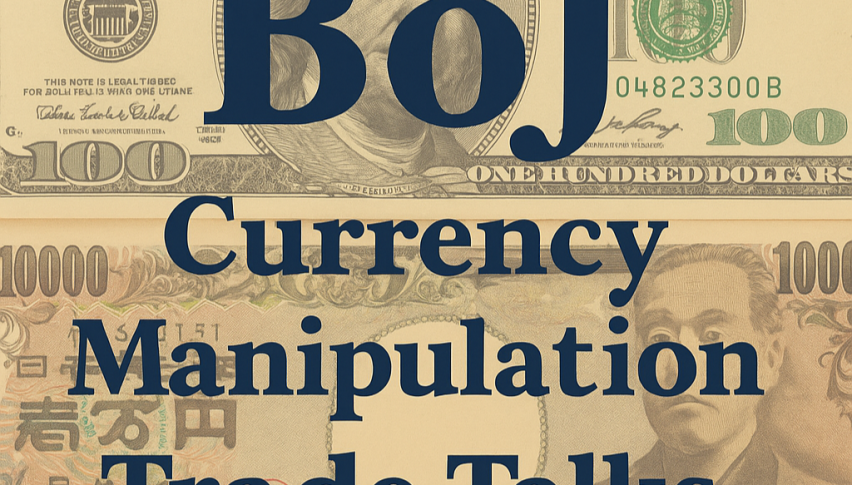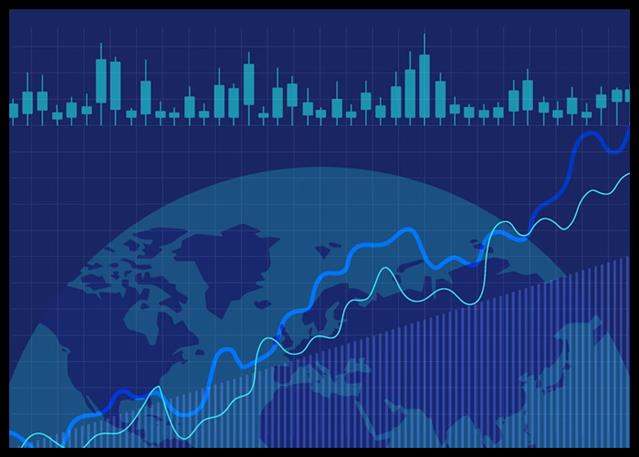Australian Dollar Recovers After Robust Jobs Data
The Australian dollar recovered from recent weakness against other major currencies in the late Asian session on Thursday, after data showed the Australia's labor market strengthened in July amid stro...

The Australian dollar recovered from recent weakness against other major currencies in the late Asian session on Thursday, after data showed the Australia’s labor market strengthened in July amid strong job openings.
Data from the Australian Bureau of Statistics showed that the total number of employed people increased by 58,238 in July, followed by prior month’s growth of 50,200 people. Economists expected an increase of 20,000 employed people.
Meanwhile, the unemployment rate increased to 4.2 percent, exceeding the market expectations, as the rate was seen unchanged at 4.1%.
Data from Melbourne Institute showed that Australia’s consumer inflation expectations for August rose to 4.5 percent from the prior month reading of 4.3 percent.
In other economic news, official data showed that China’s industrial production grew less than expected in July, while retail sales picked up. Industrial production posted a 5.1 percent yearly growth in July, weaker than June’s 5.3 percent increase, the National Bureau of Statistics said. Output was forecast to climb 5.2 percent.
Retail sales climbed 2.7 percent annually, improving from the 2.0 percent expansion seen in June. Economists had forecast sales to grow 2.6 percent.
During January to July period, fixed asset investment climbed only 3.6 percent. This was slower than forecast of 3.9 percent.
The Asian stock markets also traded higher, as soft U.S. consumer price inflation data in July reinforced expectations of a rate cut by the U.S. Fed next month. However, traders may have felt the chances of a rate cut were already priced into the markets after the rally a day ago.
The CME Group’s FedWatch Tool is currently indicating a 64.5 chance the Fed will lower rates by a quarter point and a 35.5 percent chance of a half point rate cut.
The Australian dollar fell earlier due to weakness in key commodity prices.
Crude oil prices fell, weighed down by official data showing an unexpected increase in U.S. crude inventories in the week ended August 9th and a recent downward revision in the oil demand forecast from the International Energy Agency (IEA). West Texas Intermediate Crude oil futures for September ended down by $1.37 or about 1.75% at $76.98 a barrel.
In the late Asian session today, the Australian dollar rose to 0.6628 against the U.S. dollar, from recent 3-day low of 0.6571. The AUD/USD pair may test resistance around the 0.68 region.
Against the yen and the NZ dollar, the aussie advanced to 97.67 and 1.1036 from recent lows of 96.83 and 1.0973, respectively. On the upside, 102.00 against the yen and 1.12 against the kiwi are seen as the next resistance levels for the aussie.
Against the euro and the Canadian dollar, the aussie edged up to 1.6614 and 0.9086 from recent 1-week lows of 1.6749 and 0.9017, respectively. If the aussie extends its uptrend, it is likely to find resistance around 1.60 against the euro and 0.93 against the loonie.
Looking ahead, the National Institute of Economic and Social Research releases U.K. monthly GDP tracker for July at 8.00 am ET.
In the New York session, Canada wholesale sales data for June, U.S. retail sales for July, U.S. weekly jobless claims, U.S. Philadelphia Fed manufacturing index for August, import and export price indices for July, U.S. New York Empire state manufacturing index for August and U.S. industrial and manufacturing production for July, U.S. business inventories for June and U.S. NAHB housing market index are slated for release.
- Check out our free forex signals
- Follow the top economic events on FX Leaders economic calendar
- Trade better, discover more Forex Trading Strategies
- Open a FREE Trading Account


